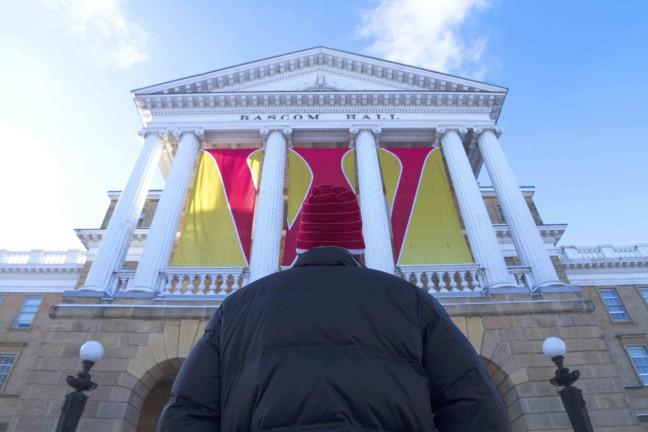At The Badger Herald student loan panel Thursday evening, four experts spoke of the dangers of University of Wisconsin System’s tuition freeze and the potential effects on UW students and the rest of the state.
Tuition freeze
The tuition freeze means a reduction in resources that students actually need in order to complete their degree, Sara Goldrick-Rab, an educational policy professor at UW, said. If a student does not have access to the courses and support necessary to finish within four years, then his or her tuition goes up because of the extra year required, she said.
“Will that happen in Madison? No, not for the most part. The problem there is an equity issue,” Goldrick-Rab said.
Many technical and community colleges are suffering as a result of the tuition freeze, Madison Laning, Associated Students of Madison chair, said.
The panelists said UW’s ability to generate funds from out-of-state students and private benefactors means they are unaware that other schools in the system are suffering. This kind of elitism is dangerous, Noel Radomski, director of Wisconsin Center for the Advancement of Postsecondary Education, said.
Once the freeze is lifted, tuition for in-state students will rise dramatically, Goldrick-Rab said.
“How much will it increase? We don’t know. That is very scary for a lot of students,” Laning said.
Chancellor Blank addresses faculty in “State of the University” speech
About half of the students on UW’s campus experience student debt and there is a lack of conversation surrounding the issue, Laning said.
The only way to hold the system accountable for supporting students is to voice concerns and vote for people who will listen, Scott Ross, director of One Wisconsin Now said.
Out-of-state admittance and accessibility
Chancellor Rebecca Blank recently proposed providing merit-based aid for out-of-state students, which will take away spots from Wisconsin residents. This includes high school graduates and transfer students from technical and community colleges, Radomski said.
After the dissolution of shared governance, Blank was able to do away with the previous requirements that UW be composed of 75 percent in-state students. Now, only 60 percent of students are in-state, Goldrick-Rab said.
With a potential move to the common application, Laning said UW is making itself less accessible to residents and more accessible to the wealthy nationwide.
Goldrick-Rab said despite inequities, there is still hope, but more people must be educated about the problem. Furthermore, students and faculty can vote for lawmakers who will advocate for students with debt, Ross said.
“First and foremost, students need to talk to students, who will then talk to their families, who work in the businesses, who then are taxpayers and voters,” Laning said.













